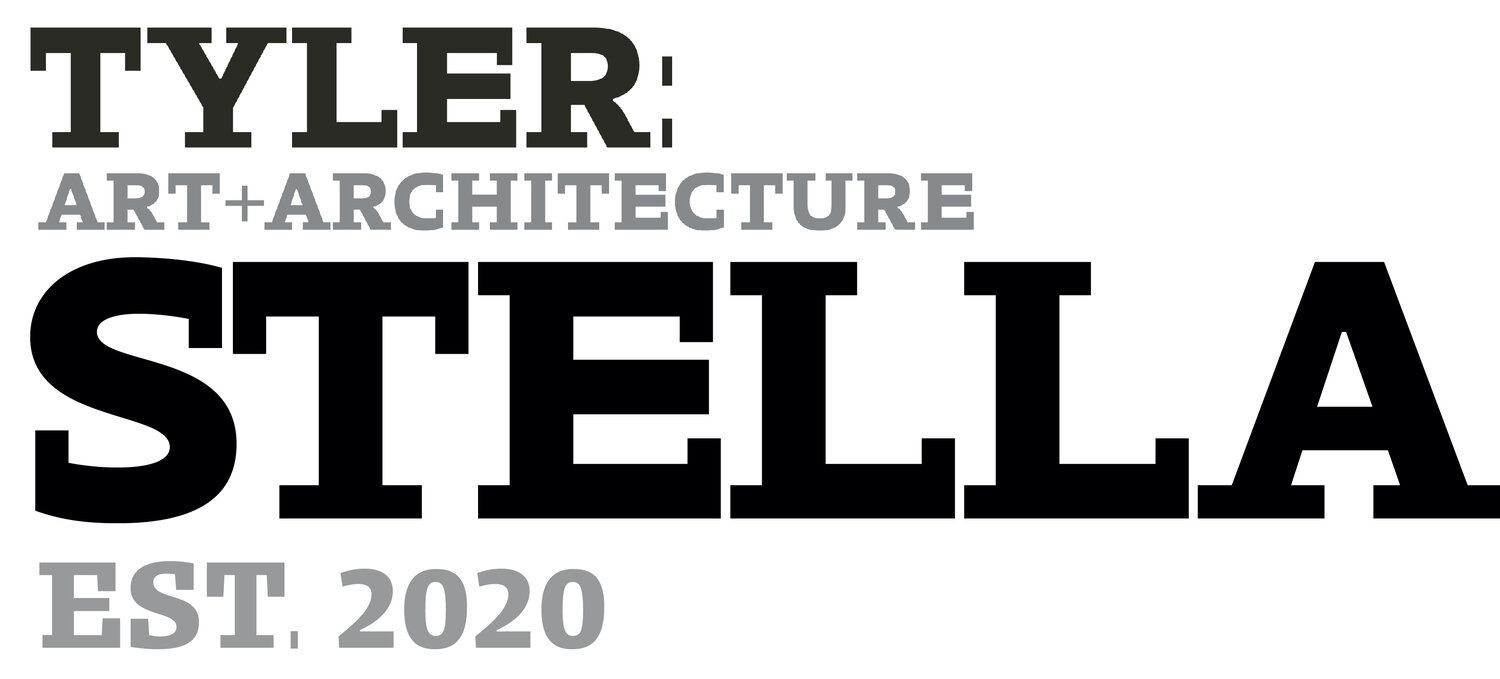Nzinga Lee
The Landscapes of Black Identity: From Harlem to the Highwaymen
This painting by William H. Johnson is a mountain landscape, a genre which is often underexplored in the conversation of Black artists. Johnson was active during the Harlem Renaissance, like most of the artists I look at. The Renaissance was arguably the defining moment for Black artistic identity but landscape paintings are not often considered in this movement which largely centered around humanizing portraits of Black life, the urban setting and African aesthetics. My research examines the idea of landscapes in relationship to Black artistic identity, drawing a connection between the major moments when Black identity was being negotiated; post Civil War, during the Harlem Renaissance and around the Civil Rights Movements of the 1960s.
Lois Mailou Jones, Automne, 1950, Oil on Canvas. 10” x 13”. This painting is of a southern French landscape. The loose brushstrokes and use of colors often have this work compared to that of Cezanne. The fact that is a French landscape speaks to the experience of many Black artists of her period, during the Renaissance, who went to France for artistic opportunities and to escape some of the racial tension and discrimination at home. Even though this was painted after the Renaissance her French connections were established during that period of the late 1930s.
Lois Mailou Jones was a prolific artist during the Harlem Renaissance. She taught and inspired many artists during the movement and well after. This painting of a field of trees is done in loose and visible brushstrokes which convey more of an idea of a landscape than a portrait of one.
Lois Mailou Jones Arreau, Hautes-Pyrénées, 1949, Oil on Canvas. 19 1/2” x 23 5/8”. National Museum of Women in the ArtsRobert S. Duncanson, Loch Long, 1867, Oil on Canvas. 7” x 11 7/8”. Smithsonian American Art MuseumRobert S. Duncanson is an early Black landscape painter. His work is largely pastoral and allegorical in the style of the Hudson River School. He worked mainly around Ohio but also abroad in Europe. This painting is of a Scottish landscape, featuring an expansive view with mountains and small figures typical of the Romanticism of the Hudson River School.
Hale Woodruff, Twilight, 1926, Oil on pressed paperboard. 28” x 32”. Art Institute of ChicagoHarold Newton was a part of a group of Floridian artists that came to be known as the Highwaymen. Active in the 1960s, working in various templates (conceptualized by fellow artist A.E. Backus) that characterized the many landscape views of Florida. This painting is an example of a “fire sky”.
Hale Woodruff was another artist of the Harlem Renaissance. He expressed an interest and focus in landscape paintings. The backlit trees and sunset are rendered in visible strokes of pigment, reflecting Woodruff’s interest in modernism.
Untitled (Backcountry hammocks at sunset), Oil on Masonite board. 22 1/3” x 31”. Asseltine CollectionNzinga Lee
(she/her)
Art History ‘22
Nzinga Lee is from Philadelphia. As an art historian her interests center around collections and connections, especially those which have been ignored or unexplored.








